Writing and publishing a thesis is a great milestone of your academic success career in the Electrical and Computer Engineering (ECE) program. A long journey requiring meticulous planning, research, and commitment. Thus, at any stage of dissertation writing and publishing, these expert tips will help you in laying your footsteps toward success.
1. Start Early, Plan Ahead
The earlier, the better; it could take several months to finish your ECE dissertation so that you have a large amount of time to carry out data collection, experimentation & writing. Divide your work into smaller tasks.
• Research: This is the initial stage in your journey. Start early with a literature survey and analyse the works already accomplished in your field so as to identify the gaps.
• Experimentation: Depending on how you are going to write your dissertation, this part could consist of working in a lab, simulations, or data analysis. Start data collection early so that you can fix any problems that may occur.
• Writing: Have some time allotted for writing. Write a little bit every day rather than saving it all for the last minute.
2. Develop a Clear Research Question
A precise and specific research question is the backbone of your thesis or dissertation. It orients your hypothesis, methodology, and the entire structure of writing your paper. It should be one that is both novel and feasible to investigate.
- Make it specific and ensure that it is filling a gap in the existing literature.
- Avoid vague or too broad questions that are not manageable in the scope of your dissertation.
3. Structure Your Dissertation Properly
Your ECE dissertation is likely to include an overall structure:
• Abstract Writing: A synopsis of the dissertation highlights the key point research question, methods used, findings, and conclusions.
• Introduction: Introduces topic as per your research, presents the problem statement, and states the objectives and importance of the study.
• Literature review: A recount of previous research in the field, showing prior work done and gaps.
• Methodology: It describes the means by which you conducted your research-from an experimental setup and simulation to an analytical approach.
• Results: Represents the findings obtained from research; data, graphs, tables, etc.
• Discussion: An interpretative analysis of research results and comparisons are made against existing literature, with an explanation of their interpretation.
• Conclusion: It summarizes research and alludes to future directions.
Each part would flow into the next logically, thus creating a coherent narrative throughout the entire dissertation.
Convert AI-like text to a human-like text. Also, make sure you Rewriting text with lower perplexity and higher bustiness while preserving everything in word count and HTML elements:
4. Focus on Clarity and Precision
Technical fields such as ECE are driven by clarity and precision. Keep explanations of complex concepts simple and concise. Avoid jargon unless absolutely necessary for your intended audience. Just remember:
• Clear: Present difficult concepts in simple terms, especially while speaking about algorithms, models, or systems architectures.
• Precise: Present data and results in an unambiguous manner. Utilize tables, graphs, and figures where pertinent in support of your argumentation.
5. Ensure Robust Methodology
The methodology section must navigate in great detail how the problem was put into consideration. If you are designing a new algorithm or testing a setup, the methodology should be:
- Replicable: By providing sufficient detail about the procedures used, others can repeat your experiments.
- Comprehensive: It must cover every step you took during the process, considering assumptions, covariates, and measurements.
- Validated: Discuss how you validated the results; e.g. contra earlier models, by means of simulations or experiments.
6. Incorporate Visuals Wisely
Figures, diagrams, and tables in an ECE dissertation are absolutely communicative tools designed to portray complex information. They serve to clarify understanding and give a break to some dense text material.
• Graphs: Help plot data points for comparison and easier interpretation.
• Diagrams: Illustrate circuit design or experimental setups with system architecture diagrams or block diagrams.
• Tables: Provide concise data representation in a comprehensive manner or for comparative purposes.
7. Work Closely with Your Advisor
During this process, having your dissertation advisor on your side is of utmost importance. Regularly seek his or her feedback and discuss your progress. He or she can provide you with vital encouragement, offer suggestions for improvement, and help you hone your research direction.
• Have periodic meetings in which you are going to track your progress and keep yourself on the right track.
• Ask for feedback on every chapter of your dissertation, since revisions early on will ensure that the final version will be much stronger.
8. Edit and Proofread
If you think the editing process is very crucial, then proofreading is even one step further away from the first edition. After writing your draft, leave the space to come back to it with fresh eyes. You need to examine it for:
• Grammar mistakes and spelling errors: Most times, viewing poor grammar will not only take away the clearer sense of your work but also ruin it for those who read it as it would not come across very professionally.
• Technical accuracy: Confirm that your calculations and other technical details are accurate.
• Coherence: Make sure that each tedious exercise is kinetically linked to the next exercise and well supported in your arguments.
9. Prepare for Defence
Upon writing your dissertation, you will be ready for submission and the defence, where you present your findings and question answering is done before your committee. To abandon the dissertation:
• Know your work meticulously. Be ready to discuss any aspect of the research.
• Anticipate your questions: Consider questions that committee members may ask and practice answering them.
• Project confidence: When presenting your findings, speak with confidence; back up statements with data and logic whenever possible.
10. Publish Your Work
You may publish your results after the completion and defence of your dissertation. Publication is a good way to give back to the scientific community while also enhancing your academic portfolio. Publishing tips:
• Select the appropriate journal: Select a journal that corresponds to your research field and audience;
• Format the paper: Condense the dissertation into a paper that emphasizes results and is as brief as possible while still conveying salient information;
• Follow submission guidelines: There are various requirements for formatting, referencing, and proceedings of submission for different journals. Follow them closely.

 PhD in Electrical Engineering: Research & Writing Support
PhD in Electrical Engineering: Research & Writing Support  Which are the Best PhD Assistance and Dissertation Writing Services in India?
Which are the Best PhD Assistance and Dissertation Writing Services in India?  How to Choose a PhD Research Domain: EEE, ECE, or CSE?
How to Choose a PhD Research Domain: EEE, ECE, or CSE? 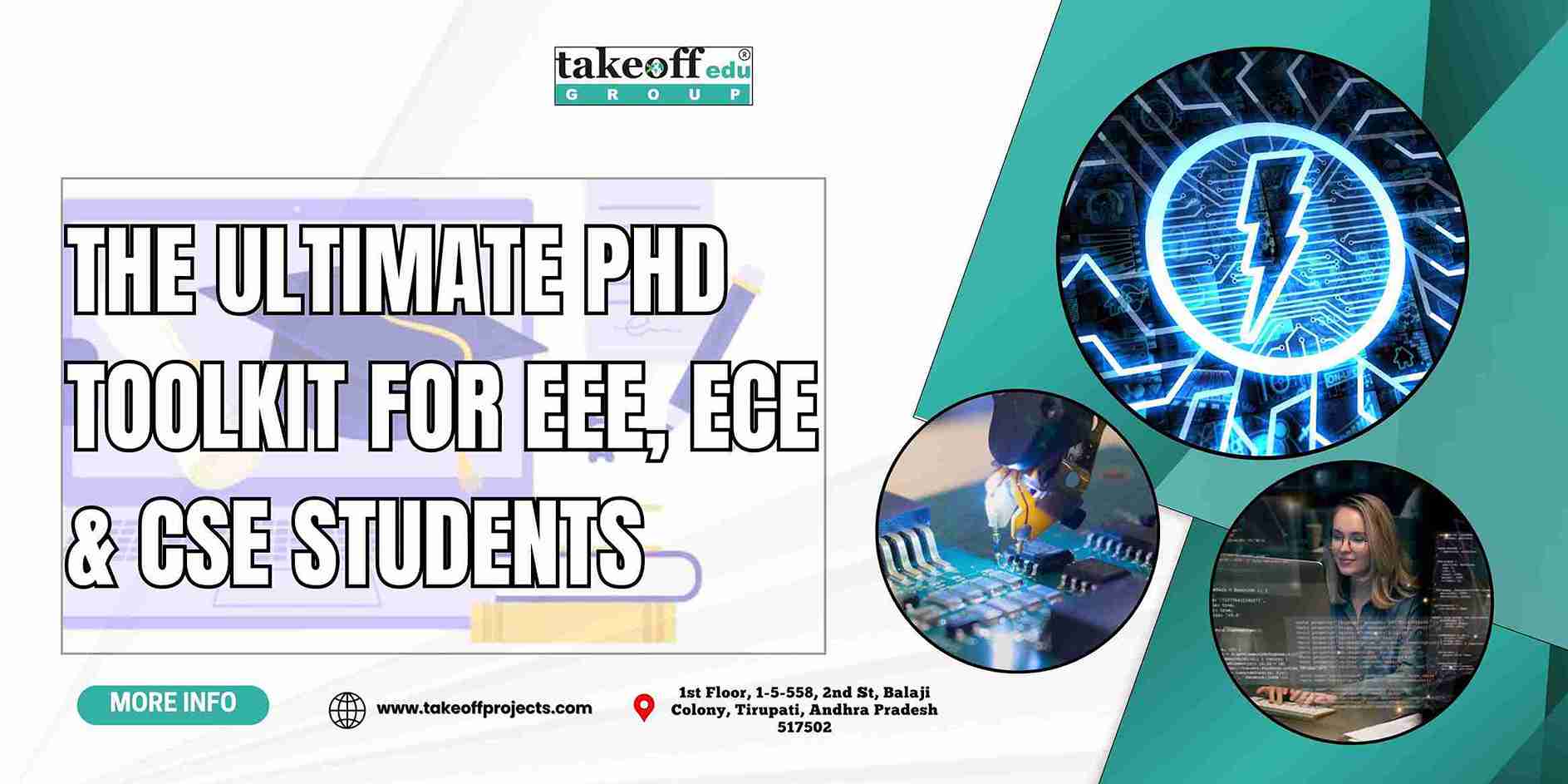 The Ultimate PhD Toolkit for EEE, ECE and CSE Students
The Ultimate PhD Toolkit for EEE, ECE and CSE Students  Publication Success in EEE, ECE, and CSE: Expert Tips for Engineering Scholars
Publication Success in EEE, ECE, and CSE: Expert Tips for Engineering Scholars 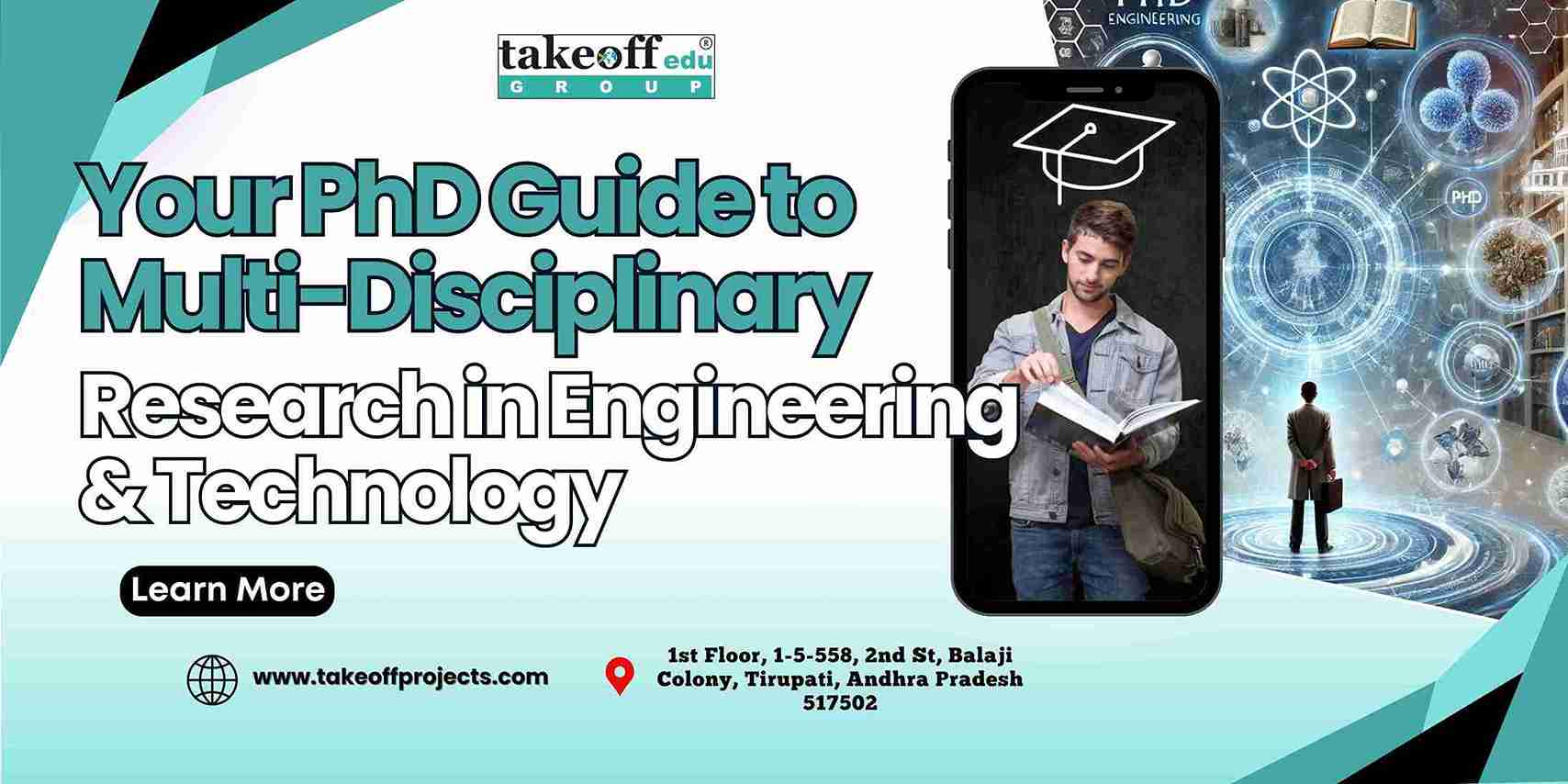 Your PhD Guide to Multi-Disciplinary Research in Engineering and Technology
Your PhD Guide to Multi-Disciplinary Research in Engineering and Technology  Top PhD Topics across EEE, ECE, and CSE: Bridging Innovation and Impact
Top PhD Topics across EEE, ECE, and CSE: Bridging Innovation and Impact 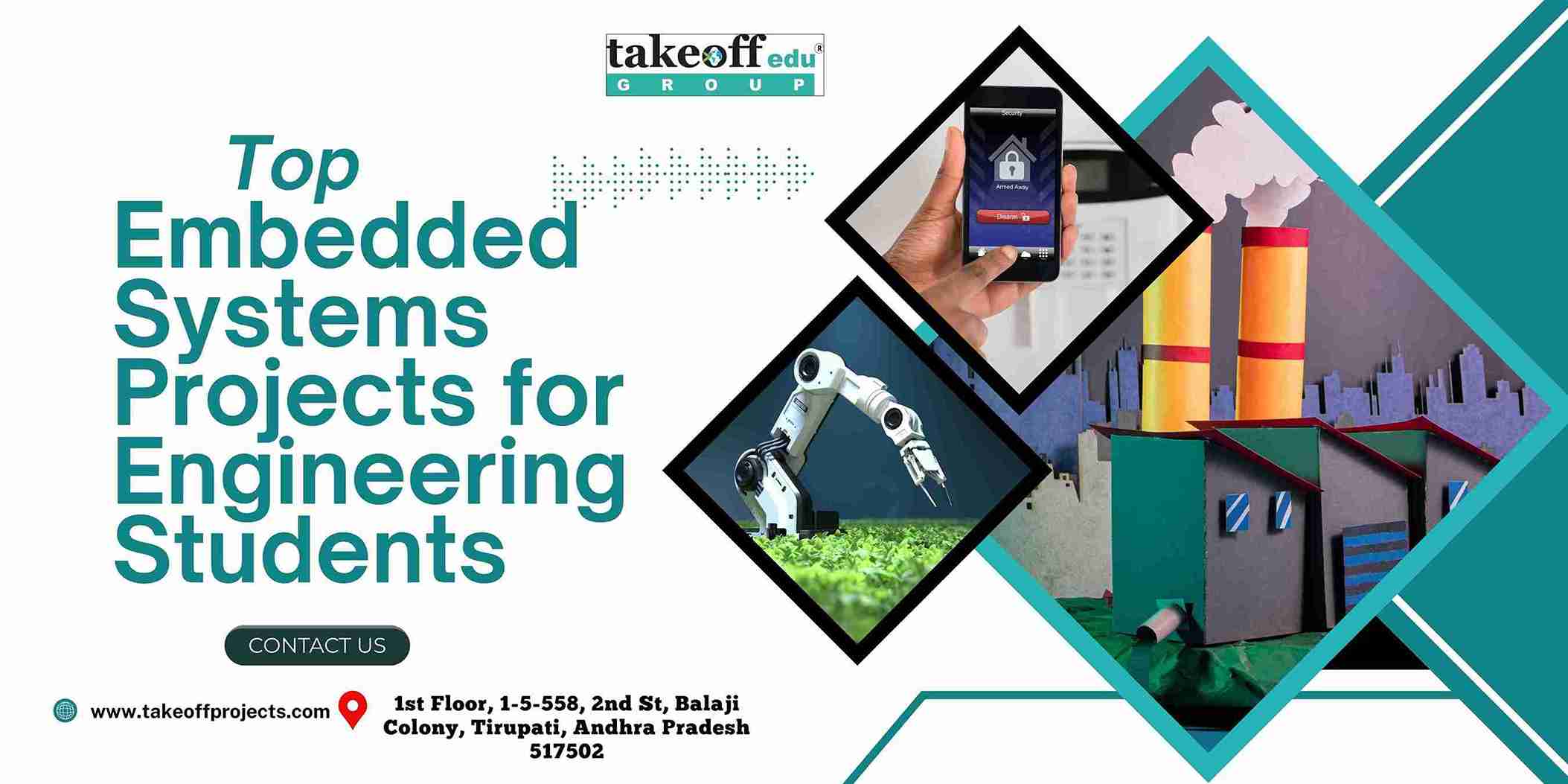 Top Embedded Systems Projects for Engineering Students
Top Embedded Systems Projects for Engineering Students  Crafting the Future of Tech: PhD Research Trends in Software Engineering
Crafting the Future of Tech: PhD Research Trends in Software Engineering  From Algorithms to Applications: Comprehensive PhD Support for CSE Students
From Algorithms to Applications: Comprehensive PhD Support for CSE Students  Cybersecurity and Blockchain: Pioneering Research Areas for PhD Scholars
Cybersecurity and Blockchain: Pioneering Research Areas for PhD Scholars  The Art of Writing High-Impact Research Papers in CSE Domains
The Art of Writing High-Impact Research Papers in CSE Domains  AI, ML, and Big Data: Emerging PhD Topics in CSE to Watch
AI, ML, and Big Data: Emerging PhD Topics in CSE to Watch  Top Research Trends in Electrical Drives for Aspiring PhD Scholars
Top Research Trends in Electrical Drives for Aspiring PhD Scholars 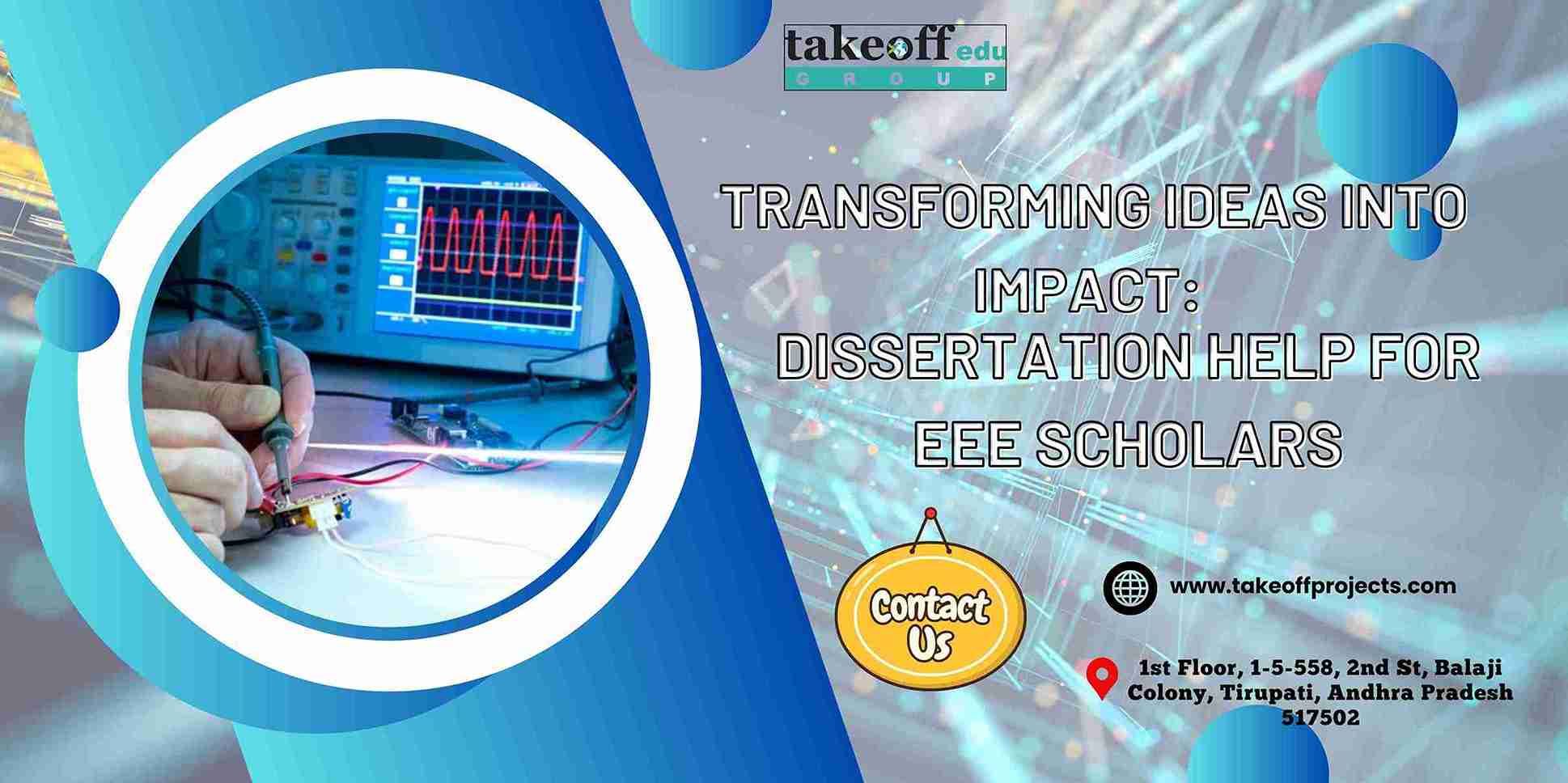 Transforming Ideas into Impact: Dissertation Help for EEE Scholars
Transforming Ideas into Impact: Dissertation Help for EEE Scholars 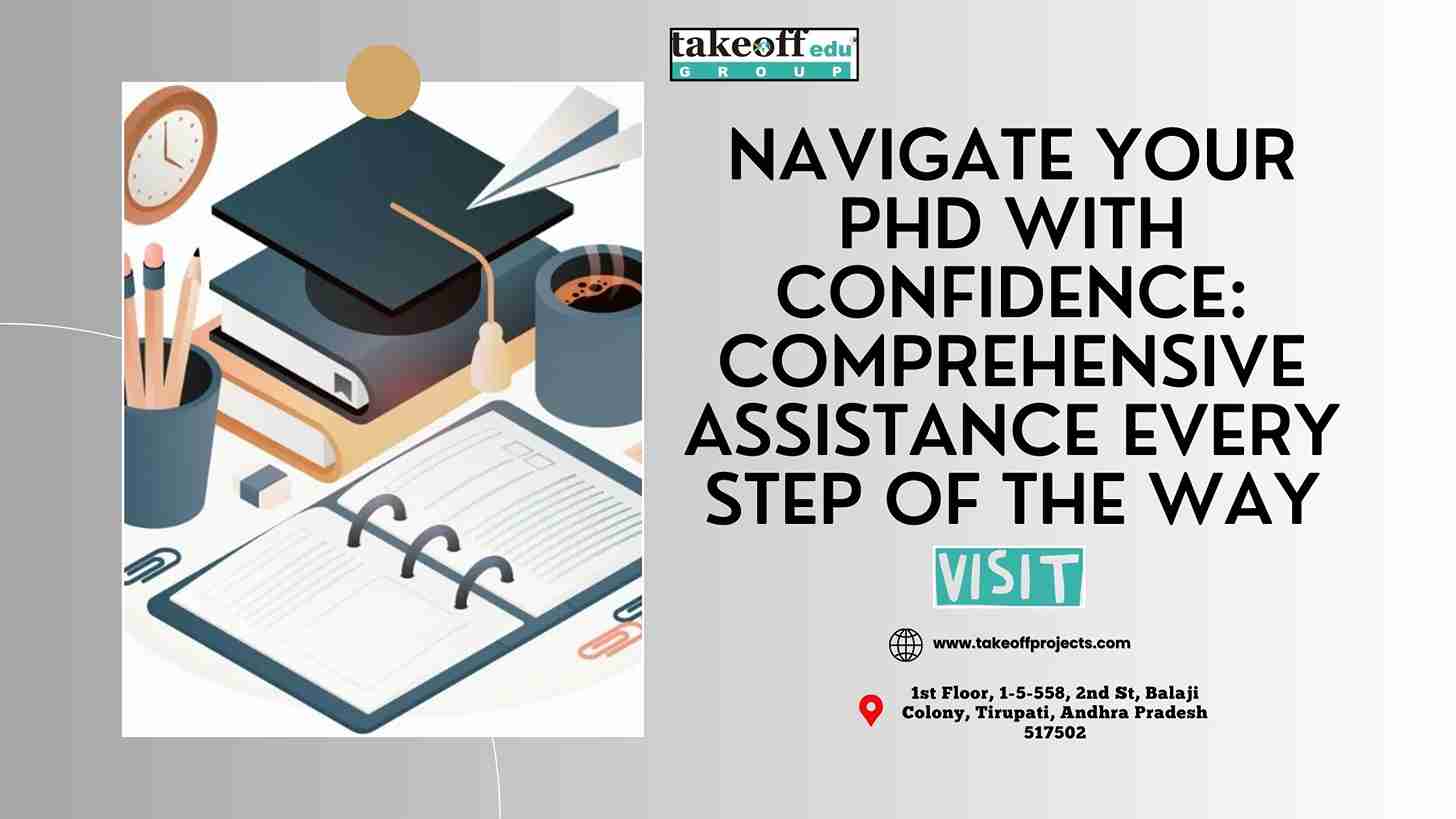 Navigate Your PhD with Confidence: Comprehensive Assistance Every Step of the Way
Navigate Your PhD with Confidence: Comprehensive Assistance Every Step of the Way 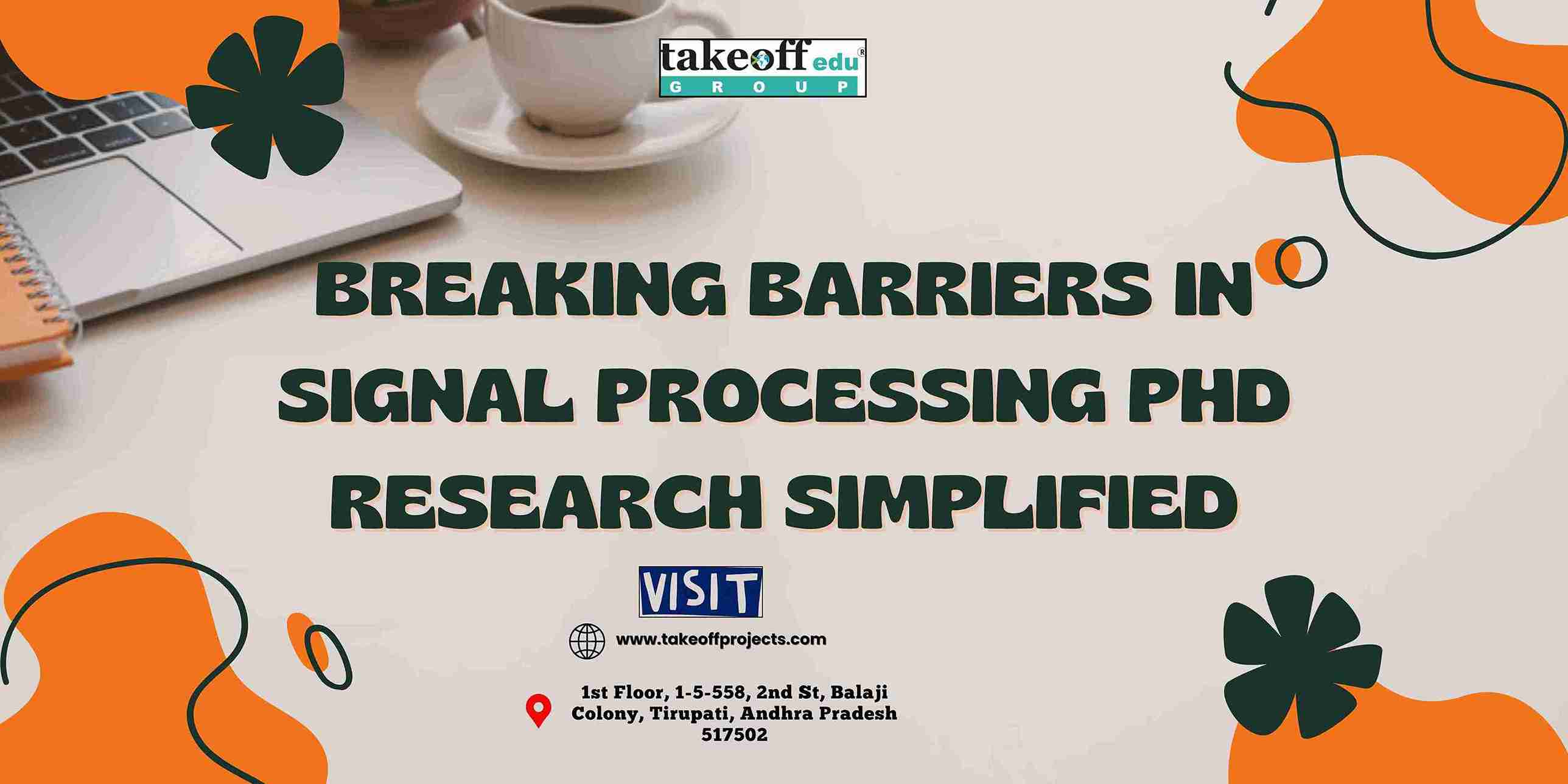 Breaking Barriers in Signal Processing: PhD Research Simplified
Breaking Barriers in Signal Processing: PhD Research Simplified  Building the Next-Gen Tech: A Guide to ECE Research and Publication
Building the Next-Gen Tech: A Guide to ECE Research and Publication 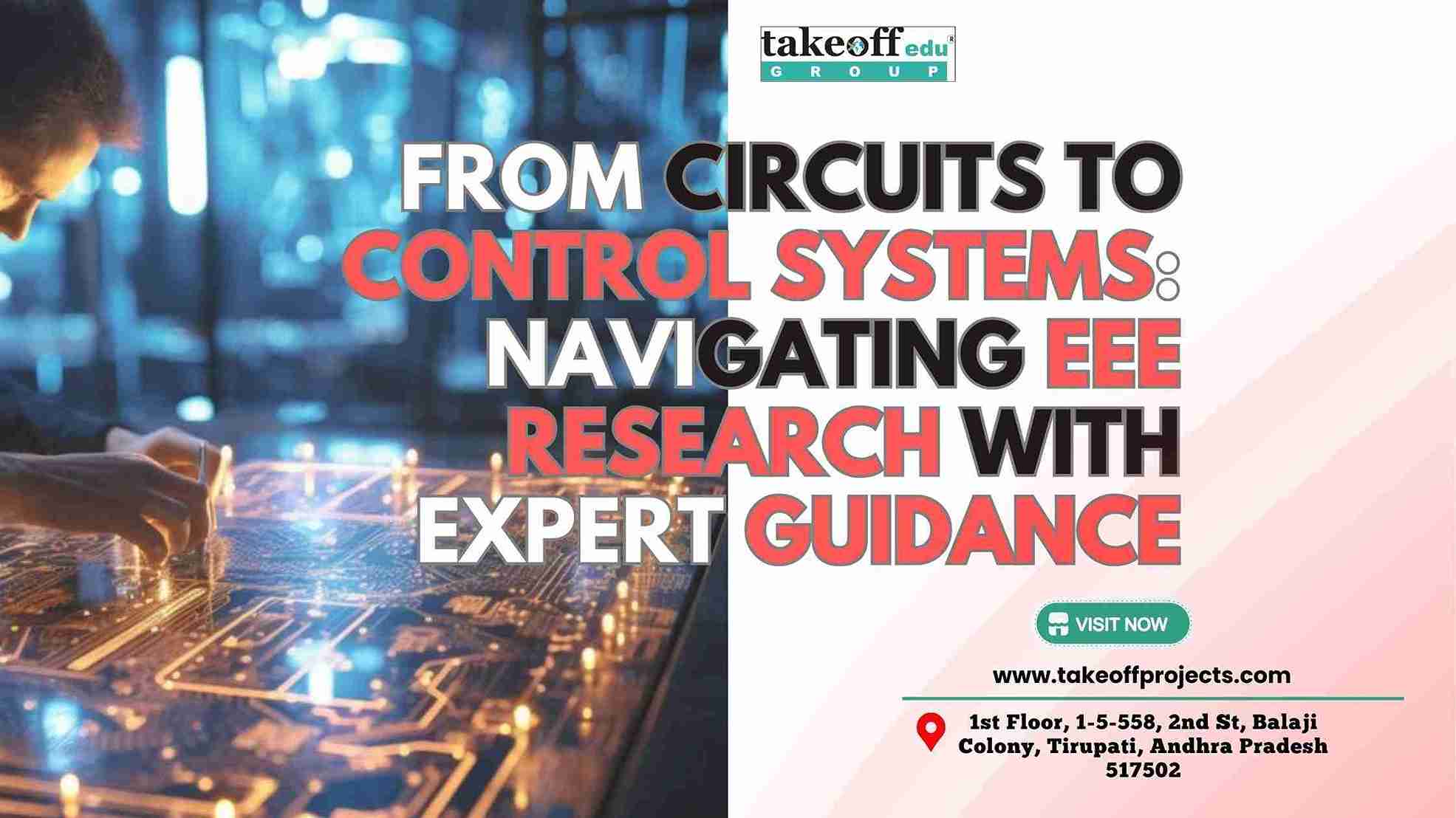 From Circuits to Control Systems: Navigating EEE Research with Expert Guidance
From Circuits to Control Systems: Navigating EEE Research with Expert Guidance  From Data to Discovery: Quantitative Analysis That Drives Results
From Data to Discovery: Quantitative Analysis That Drives Results  Future of IoT and Wireless Communication: Top PhD Opportunities in ECE
Future of IoT and Wireless Communication: Top PhD Opportunities in ECE  Top PhD Topics Energy Management in Power Electronics
Top PhD Topics Energy Management in Power Electronics 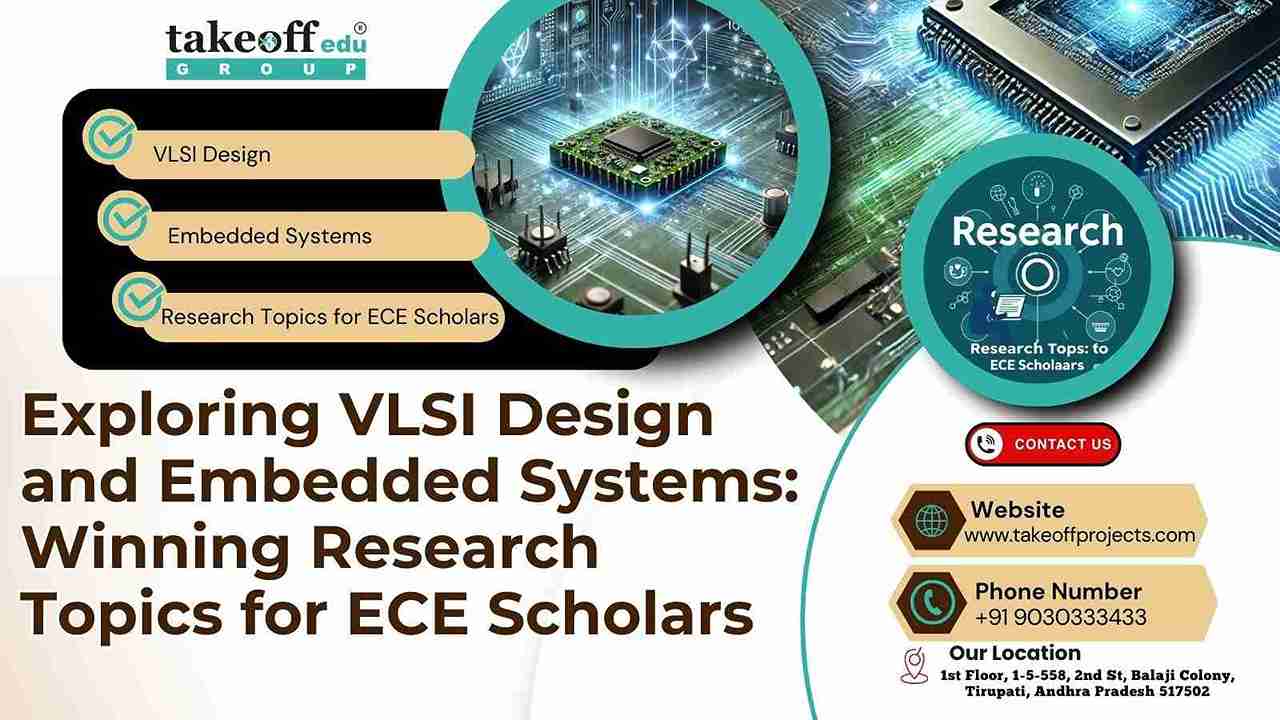 Exploring VLSI Design and Embedded Systems: Winning Research Topics for ECE Scholars
Exploring VLSI Design and Embedded Systems: Winning Research Topics for ECE Scholars  Expert-Approved Techniques for Crafting a Winning PhD Synopsis
Expert-Approved Techniques for Crafting a Winning PhD Synopsis  Writing with Purpose: How to Create Engaging Seminar Papers That Stand Out
Writing with Purpose: How to Create Engaging Seminar Papers That Stand Out  Unlocking Publication Success: Your Guide to High-Impact Journal Articles
Unlocking Publication Success: Your Guide to High-Impact Journal Articles 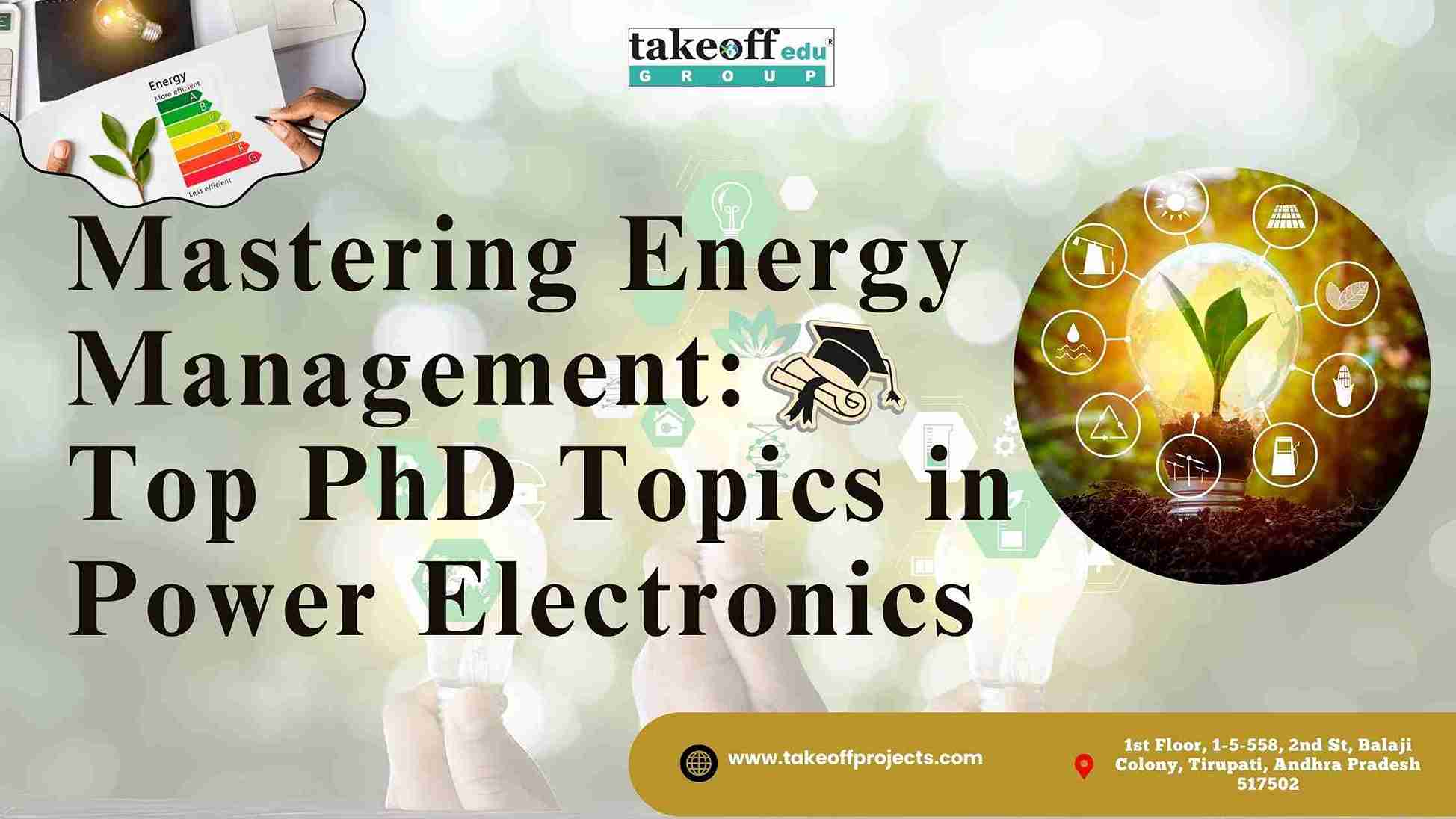 Mastering Energy Management: Top PhD Topics in Power Electronics
Mastering Energy Management: Top PhD Topics in Power Electronics  PhD Topic Selection Simplified: Choosing What Matters Most to You
PhD Topic Selection Simplified: Choosing What Matters Most to You 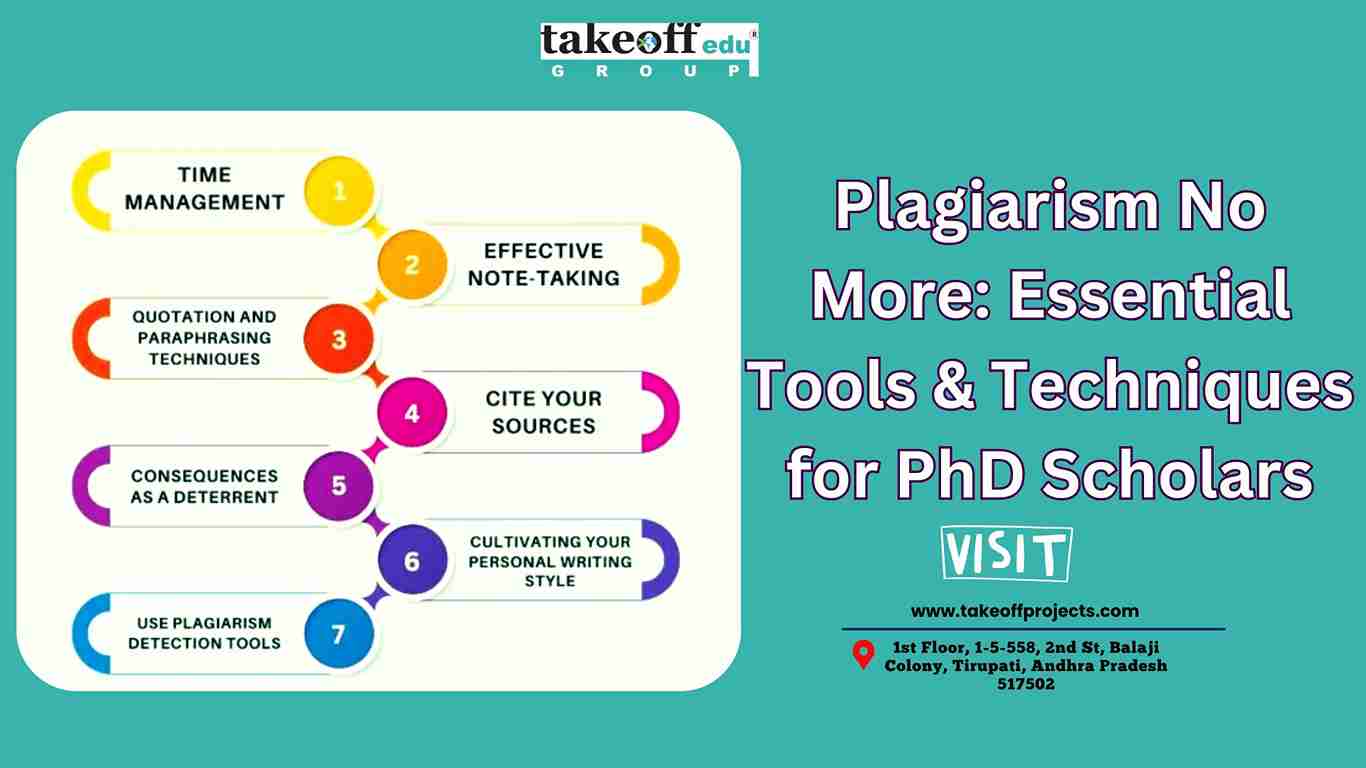 Plagiarism No More: Essential Tools and Techniques for PhD Scholars
Plagiarism No More: Essential Tools and Techniques for PhD Scholars 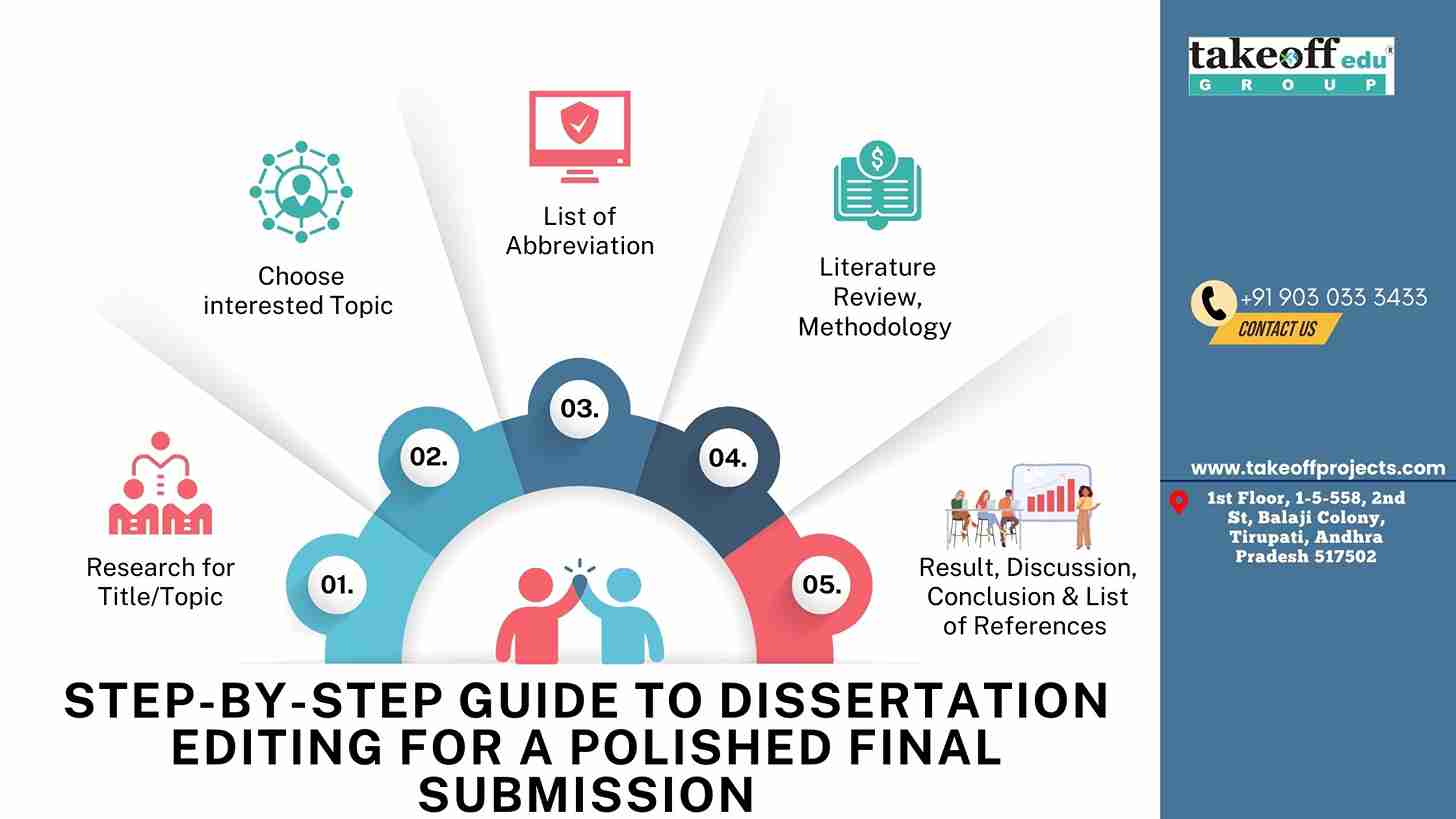 Step-by-Step Guide to Dissertation Editing for a Polished Final Submission
Step-by-Step Guide to Dissertation Editing for a Polished Final Submission  Why Literature Review Is the Backbone of Your PhD Research?
Why Literature Review Is the Backbone of Your PhD Research?  Accelerate Your Research: Software Implementation Made Easy for PhD Students
Accelerate Your Research: Software Implementation Made Easy for PhD Students  Stress-Free PhD Viva Voce Preparation: Expert Tips to Impress Examiners
Stress-Free PhD Viva Voce Preparation: Expert Tips to Impress Examiners  Transforming Data into Insights: Qualitative and Quantitative Analysis Explained
Transforming Data into Insights: Qualitative and Quantitative Analysis Explained  The Art of Problem Identification: Laying the Foundation for PhD Success
The Art of Problem Identification: Laying the Foundation for PhD Success  Say Goodbye to Plagiarism Worries: A Guide to Flawless Dissertation Writing
Say Goodbye to Plagiarism Worries: A Guide to Flawless Dissertation Writing  From Idea to Impact: Crafting High-Quality Conference and Seminar Papers
From Idea to Impact: Crafting High-Quality Conference and Seminar Papers 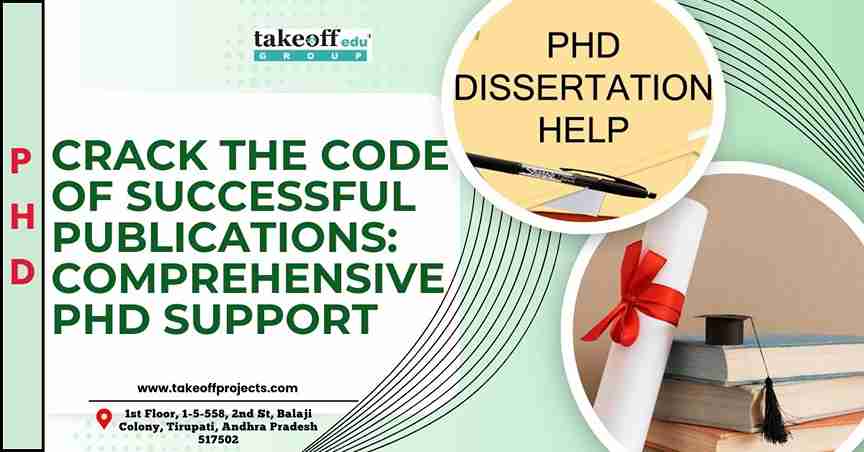 Crack the Code of Successful Publications: Comprehensive PhD Support
Crack the Code of Successful Publications: Comprehensive PhD Support  Top Strategies for Writing a Journal Ready Manuscript with Zero Plagiarism
Top Strategies for Writing a Journal Ready Manuscript with Zero Plagiarism  How to Nail Your PhD Research Proposal: Tips from the Pros
How to Nail Your PhD Research Proposal: Tips from the Pros  Understanding the Basics of Power Systems: A Comprehensive Guide
Understanding the Basics of Power Systems: A Comprehensive Guide  Turn Research Challenges into Opportunities: Expert PhD Consultation Services
Turn Research Challenges into Opportunities: Expert PhD Consultation Services 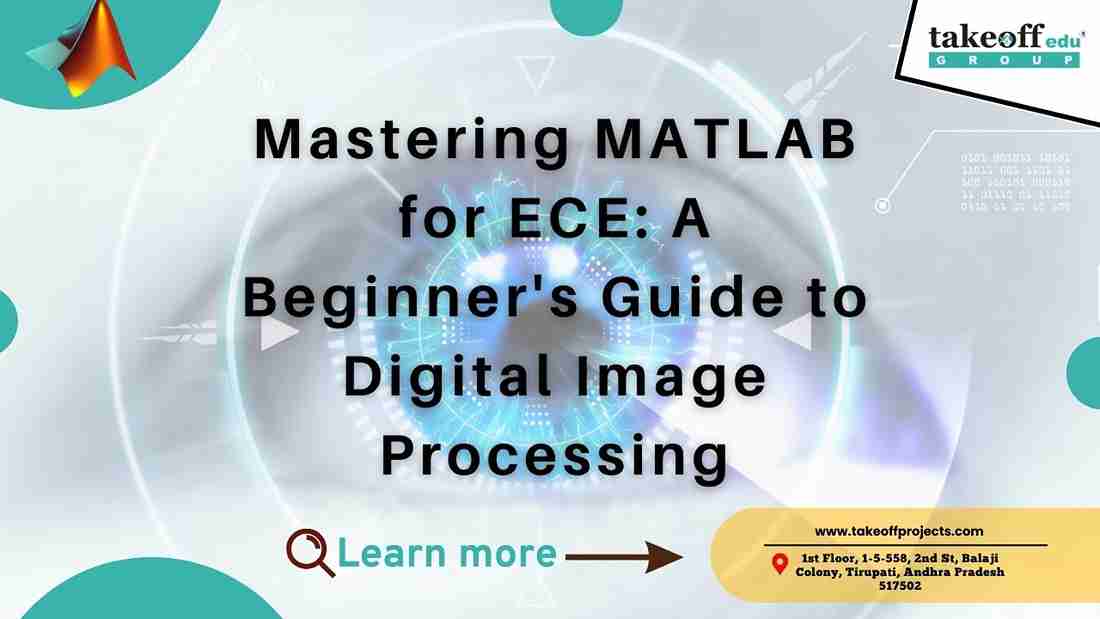 Mastering MATLAB for ECE: A Beginner's Guide to Digital Image Processing
Mastering MATLAB for ECE: A Beginner's Guide to Digital Image Processing  Mastering Your PhD Journey: From Topic Selection to Dissertation Success
Mastering Your PhD Journey: From Topic Selection to Dissertation Success  Assignment Writing Service
Assignment Writing Service  PhD Research Assistance
PhD Research Assistance 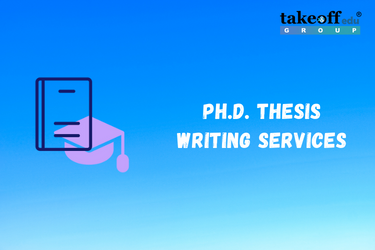 PhD Thesis Writing Services
PhD Thesis Writing Services 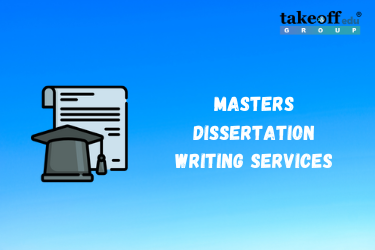 Masters Dissertation Writing
Masters Dissertation Writing 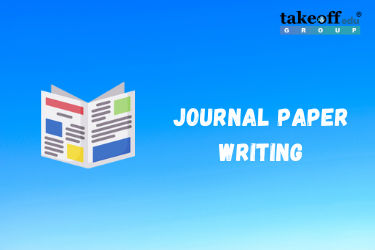 Journal Paper Writing
Journal Paper Writing  Research Paper Writing Services
Research Paper Writing Services 
 Paper Publishing
Paper Publishing


